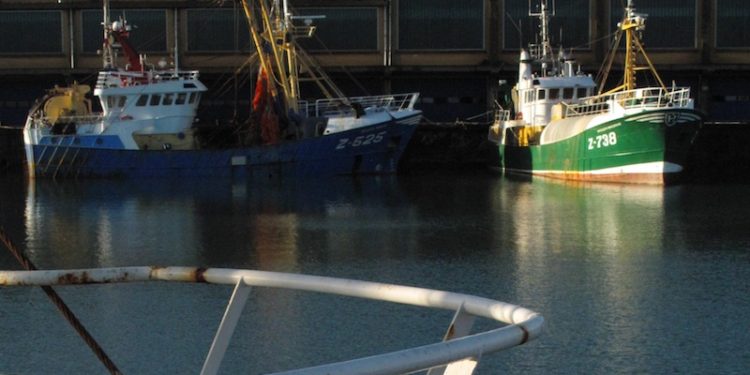The European Parliament, Council and Commission have put in place a new technical measures regulation governing the conservation of fishery resources and the protection of marine ecosystems. The new legislation has been welcomed by Europêche, in particular the regionalisation aspect which is expected to bring simplification and decision-making closer to fishermen and coastal communities.
Europêche warns that alongside this, the fishing industry will need make efforts to adapt to and comply with the introduction of a new set of stricter rules, and the organisation also put it on record that it regrets that the negotiations of this founding pillar of the CFP were overshadowed by radical environmentalists attempting to discredit the fleet using pulse trawl gear and manipulate public opinion with its misleading campaign.
‘We are convinced the EU has delivered an important contribution towards simplification, consolidating in one single law measures, which up until now, were scattered in 30 different EU regulations. Nevertheless, since under the landing obligation fishers are fully responsible for the catches taken, they should have been permitted to choose the most appropriate gears. This would have allowed achieving greater selectivity so as to reduce as much as possible unwanted catches and further mitigate any possible environmental impact,’ said Europêche managing director Daniel Voces
He commented that after three years of hard negotiations and two previous failed attempts in 2002 and in 2004 to revise these rules, the EU has finally succeeded to adopt a new technical measures framework. The new legislation aims at modernising the existing rules on how, when and where fishermen may operate. The ultimate goal is to reduce catches of juveniles of commercial and non-commercial species, to improve species selectivity, to avoid catches of protected species, to reduce discards and to minimise environmental impacts.
Regarding the targets of the Regulation, the EU has introduced performance indicators to assess the effectiveness in achieving the CFP objectives. However, in order to accommodate the Commission’s demands to include quantifiable targets applicable across all EU seas, a new indicator referred to as the ‘optimal exploitation pattern’ was incorporated. This is a measure of how fishing pressure is distributed over the length composition of the fish stock. It depends on the selectivity of the gears used in a fishery and on the extent to which particular age/size classes are targeted. The ‘optimal exploitation pattern’ defines the average length of capture that optimises the growth of individuals in a stock.
‘Europêche disagrees with the introduction of this measure which has never been tested as a policy tool (particularly in a mixed fishery context), lacks scientific and socio-economic analysis, and will even be stricter than the MSY policy,’ Daniel Voces warns.
‘We welcome the legislators’ agreement to eliminate current complex rules limiting the species composition making up the catch of the fishing vessel which do no longer make sense in the context of the landing obligation. Concerning mesh-sizes, baseline measurements are being set for the different sea areas. Fishermen will only be allowed to use smaller mesh sizes provided they can avoid by-catch of certain non-targeted species. Europêche is eagerly waiting to analyse the final text to check whether current mesh sizes have been maintained.’
According to Europêche, policymakers placed particular emphasis on the regionalisation of the framework in order to depart from overly prescriptive rules and micro-management. For that purpose, it was agreed to prioritise tailor-made multiannual plans for each region. In absence of such plans, it appears that Member States may adopt regional measures through joint recommendations.
The agreement includes mitigation measures for the reduction of incidental catches of sensitive species that go beyond the existing rules. Europêche is critical of the introduction of these measures in new sea areas adopted without a prior impact assessment confirming the need for such extension.
Pulse ban
Policymakers took the decision to ban pulse fishing in all EU waters as from 30th June 2021, with the possibility for the Member States to ban it in their territorial waters from the day of entry into force of this Regulation.
‘Europêche regrets the negative socio-economic implications generated by this political decision which will affect 600 fishermen and their families and lead to an economic loss of € 21.5 million. Additionally, the agreement sets stricter conditions for the use of this, or any other, innovative fishing gear for scientific research in order to ensure that knowledge development and innovation is not hampered,’ Daniel Voces said.
‘Our fishermen will need to progressively adapt to the new legislative scenario, while at the same time facing Brexit uncertainty, coping with the full implementation of the landing obligation and the achievement of MSY exploitation levels for all stocks by 2020. We trust these measures will overall be capable of helping the industry accomplishing these objectives in the coming years.’
The political agreement will now have to formally be adopted by both the European Parliament and the Council.









